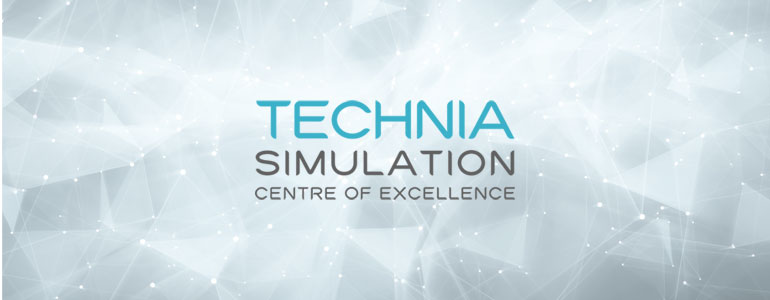
How Important is Mesh Density in Abaqus CEL Studies?
So we’ve got an intern again. And yet again we’ve got him (Guillaume for the record) working on CEL problems. And again it involves bouncing balls off the surface of some water.

Starting off simply, before he gets on with the real simulation that we are working on, we got him looking at the impact of mesh density, on the sort of results you get in the now classic ball water simulation. And the findings are both surprising and interesting.
We all know about mesh sensitivity, but in standard FEA studies you tend to get pretty much the same sort of behavior with a refined picture and changing values. Get the mesh density wrong with this problem and what happens changes completely.
The starting position is a coarsely meshed version of the ball/water problem. And the ball skips all the way across the surface of the water. But anyone with half an idea of simulation would be worried about the mesh used to model the water. So we refined the mesh a couple of times, manually, to see what happened.

And essentially you get different numbers of bounces depending on the mesh density. Which makes sense because the number of bounces is dependent on how much energy is lost in each bounce, and that seems to be highly mesh dependent. Which is kind of obvious, but what I really like is how good a demonstration of mesh dependency this is. In the most refined version there are no bounces and the ball heads off under the water.

Now to look at adaptivity before we start work again on the bigger, cylindrical version of this problem.


